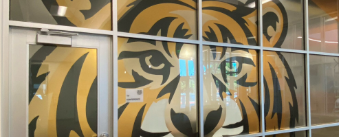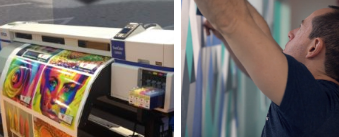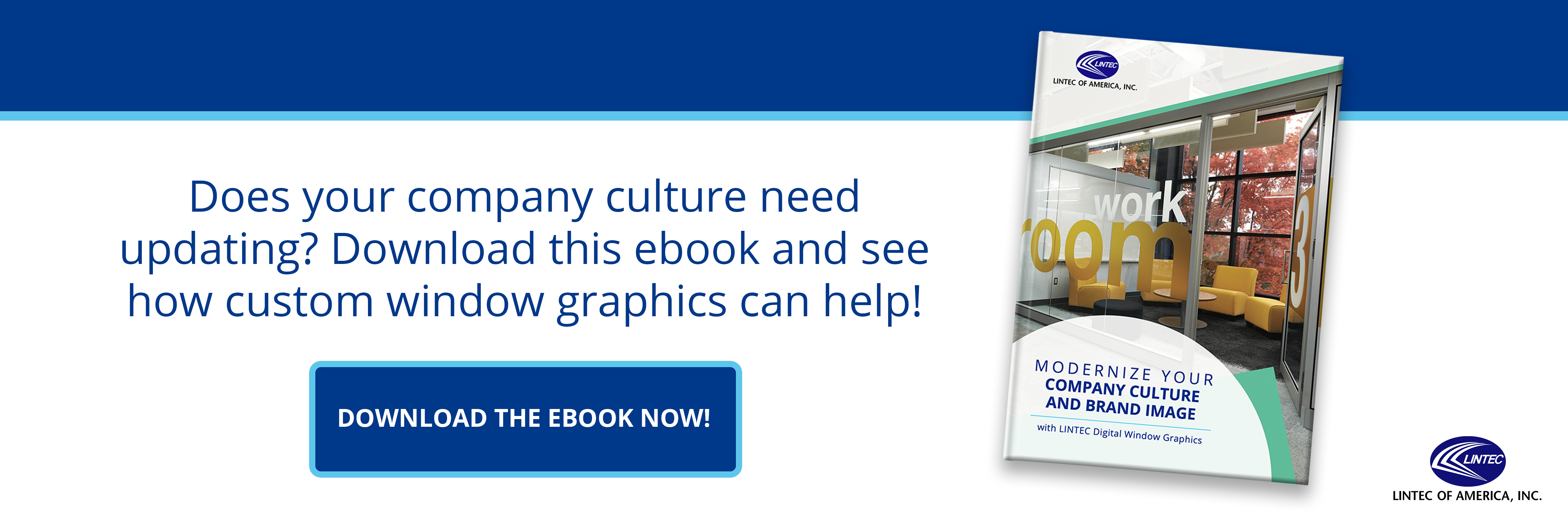
AI is changing the way people approach window film designs—not just for professional designers, but also for businesses and teams that want creative control without extensive design experience. From retail displays to office glass partitions, AI tools now offer smart suggestions, instant visual transformations, and reliable print optimization for high-quality digital window graphics. Whether you're designing for aesthetics, branding, or privacy, here are three standout ways AI helps streamline and elevate the design process.
As businesses look to quickly create attractive, customized window graphics, AI for graphic design provides effective and efficient solutions. Whether you're an experienced designer or exploring digital window graphics for the first time, here are three ways AI tools can help you produce visually impactful and print-ready window film designs.
1. Template Suggestions for Quick, Custom Designs
It can be time-consuming to create a custom design from scratch, especially for users without a graphic design background. AI for designers now offers an effective shortcut: purpose-built templates.
Modern AI tools can generate editable design templates based on just a few simple user inputs — such as the application (e.g., window graphics for a storefront or office), preferred style (e.g., minimalist, colorful, abstract), and goals (e.g., privacy, branding, decoration). From there, users can tweak typefaces, swap background elements, and experiment with overlays. Not sure what program to look for? Adobe Illustrator, CorelDRAW, and Canva are popular options that all include helpful AI-powered tools of this type.
This capability can lead to quick designs that are tailored to both purpose and style for:
- Small businesses designing their own window film designs for retail environments
- Corporate teams developing privacy graphics for open office spaces
- Marketing teams in need of fast-turnaround promotional window displays
AI-generated templates offer a smart starting point, already optimized for film printing and ready for customization. And because these templates can be fine-tuned by both AI for designers and human designers alike, they strike the right balance between automation and creativity.
Explore how this approach fits into broader strategies for creating complete architectural window design decorative film installations.
2. AI Style Transfer for Unique Visual Effects
With the rise of generative AI for graphic design, digital printers have been introduced to an easy way to transform images into something new. Style transfer!
An AI-powered style transfer technology lets users apply an entirely new visual treatment to an image or design. For example:
- Turn a photograph into a watercolor-style illustration
- Apply a stained glass effect to a geometric logo
- Give a product a shot with a retro screen print texture
These kinds of transformations are great when creating eye-catching digital window graphics for branding or interior decor. They allow for one-of-a-kind visuals that look artistic and professional (without requiring hours of manual design time).
Decorative films, like those you often see in conference rooms or on storefronts, benefit greatly from such nuanced stylization. Try combining AI-generated textures with premium substrates like our Mistlass decorative window films to produce elegant frosted designs with an extra layer of visual depth.
These effects are not just visual flourishes, either. They’ll also align with the growing trend of using AI for designing custom office and commercial spaces that reflect company identity and mood.
3. AI-Powered Color Matching for Accurate Prints
One of the most common challenges in producing window film designs is color inconsistency. What looks perfect on screen might look muted or off-tone when printed on film. This is extra-noticeable when material traits and textures like transparency, gloss level, or film thickness come into play.
AI tools can help to address these issues up front by analyzing the design and matching it to the exact color profiles needed for the specific film type being used. This improves the quality of printed results while reducing time spent on manual adjustments or reprints. With the help of AI, you can achieve:
- Consistent branding colors across different windows or surfaces
- Improved design fidelity on transparent or frosted substrates
- Fewer color test prints and wasted materials
The value is undeniable when you’re printing on high-performance materials like UV-curable window films, which often require precise adjustments for ink adhesion and color vibrancy. AI simplifies that process by recommending optimal ink settings and providing previews based on material type. Smart technology can also contribute to better final physical print results.
Why Choose AI for Designing Window Graphics?
Whether you're working on graphics for offices, promotional films for retail windows, or decorative overlays for interior partitions, AI for graphic design now offers a practical way to streamline and improve the entire design process. Everyday users get tools that used to require expert-level software or outsourcing. It also reduces revision cycles and accelerates turnaround for commercial and branding projects, and introduces new creative tools that expand what’s possible in the window film medium.
Incorporate AI for design into your workflow, and you’ll more confidently create standout window graphics. This can add speed no matter your industry or installation type. For additional visual ideas and real-world inspiration, check out 15 unique graphic ideas for architectural window film designs or these 5 design tips for exterior window film!



